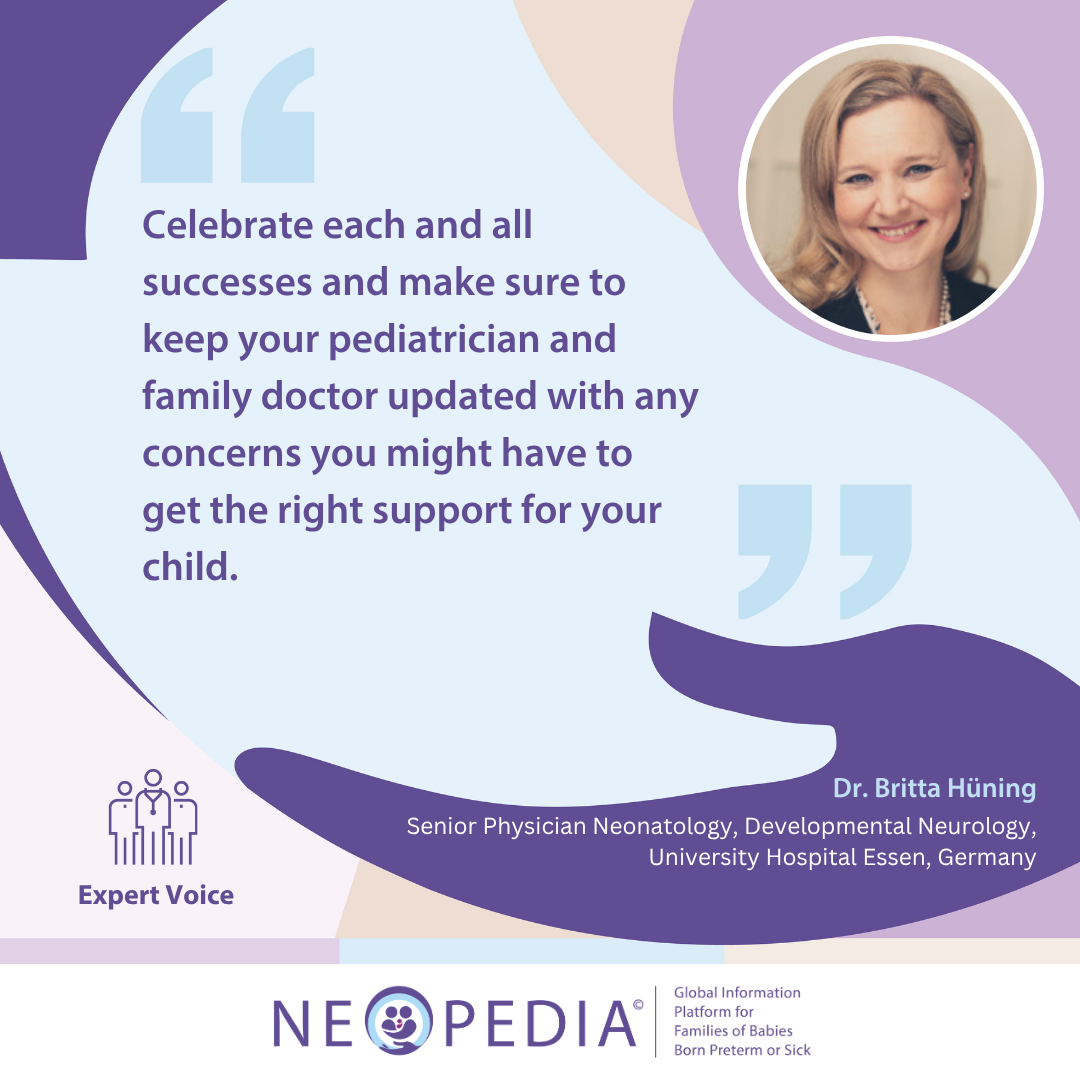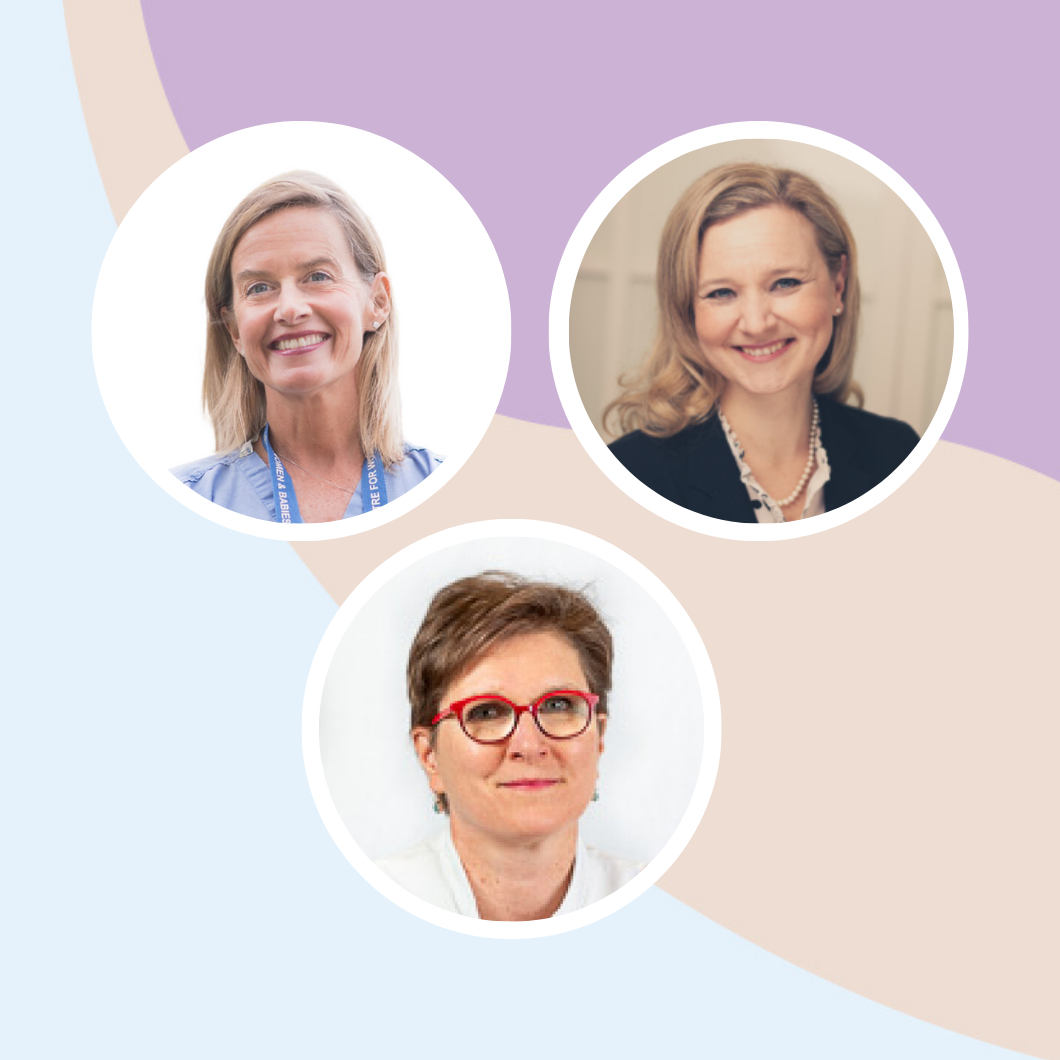
Babies who were born early, were smaller than expected, or had complications during their neonatal unit stay are more likely to require extra support for growth, weight, and development. It is important to keep an eye on your child’s progress even after hospital follow-ups are finished.
Some hospitals provide specific follow-up appointments for babies born preterm or sick and offer motor and neurological developmental tests during the first years of life. One well known and used assessment for children is the Bayley Scales of Infant Development⍰. It is a widely used tool that helps check how well young children are developing in areas like thinking, language, social skills, movement, and daily activities. This test can show both what your child is doing well and where they might need extra help, especially over time. It is useful for diagnosing delays or disabilities and planning the right treatment.
Going for these developmental tests can be stressful for parents. But the Bayley Scales can offer important information about your child’s specific strengths and needs. It might help to write down any questions before your appointment and remember to take things one step at a time. It is also important to know that all children develop in their individual ways and while there are patterns expected on developmental assessments, the goal of these visits is to offer your child and family the best chance to achieve skills that will help your child thrive in the future.
Growth in preterm babies tends to be slower in the early years, compared to full-term babies, up to about the age of six. However, research shows that many extremely preterm⍰ children catch up in growth later in childhood and enter puberty at the same time as their peers. They may be a little shorter than children born at term but often catch up in terms of weight latest by the age of 19.

